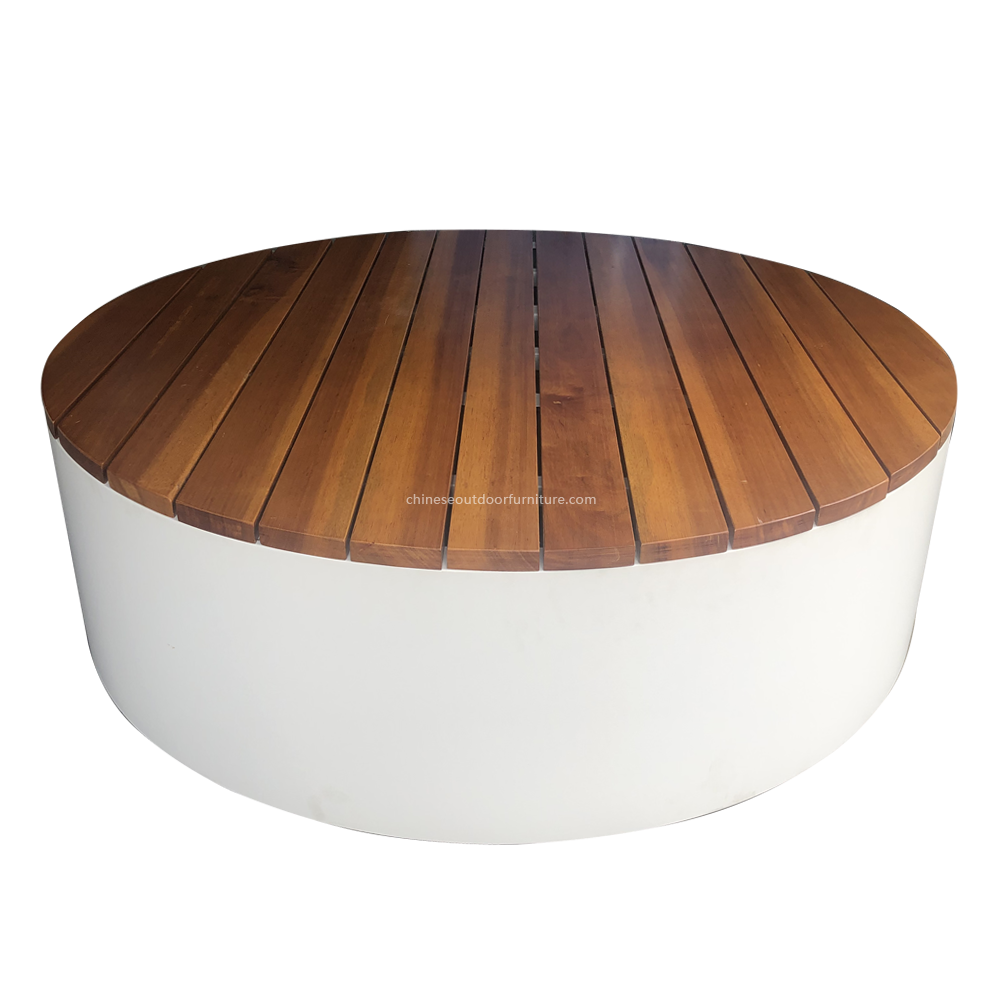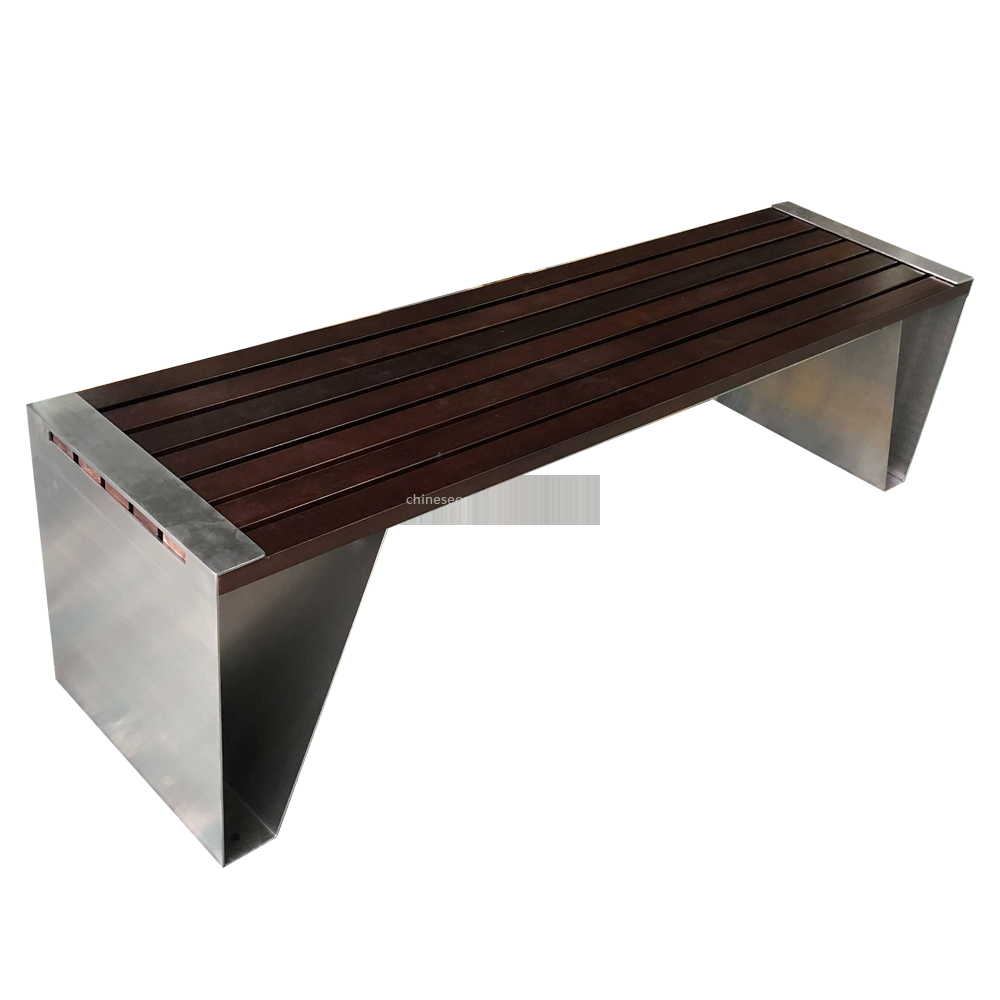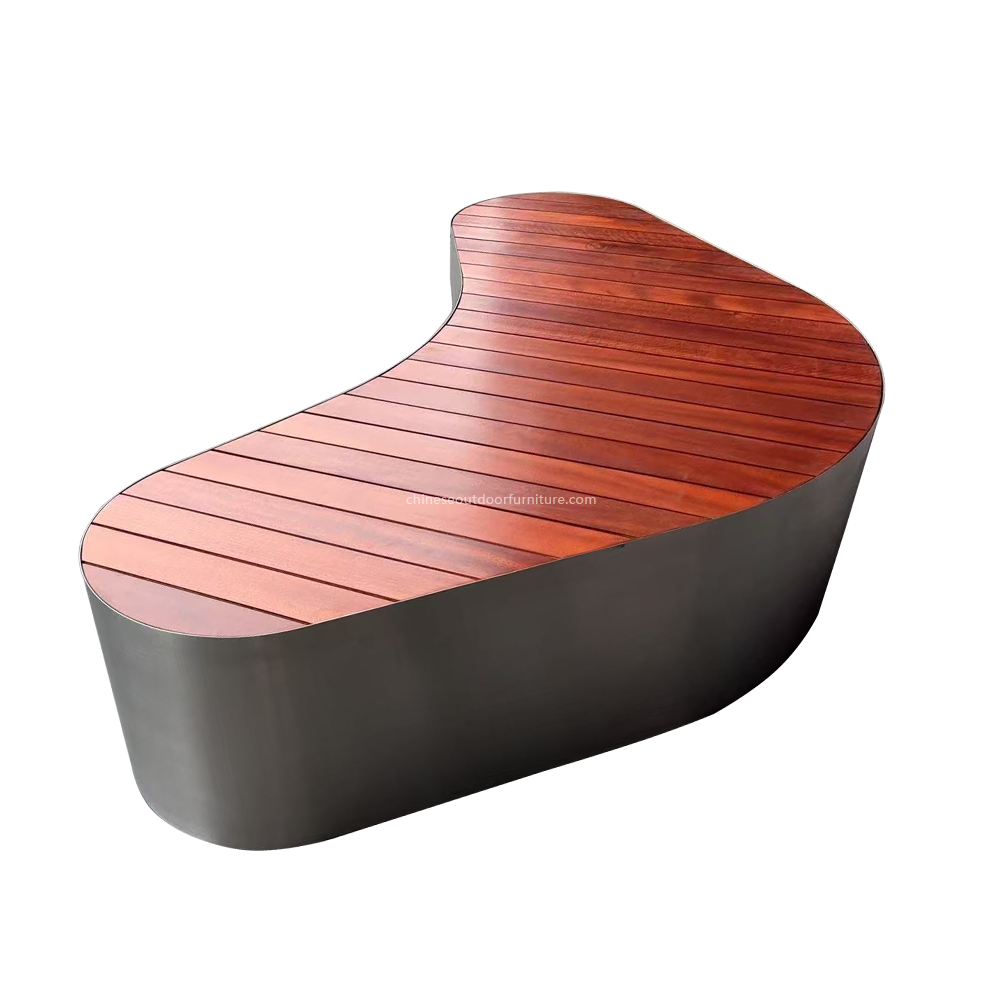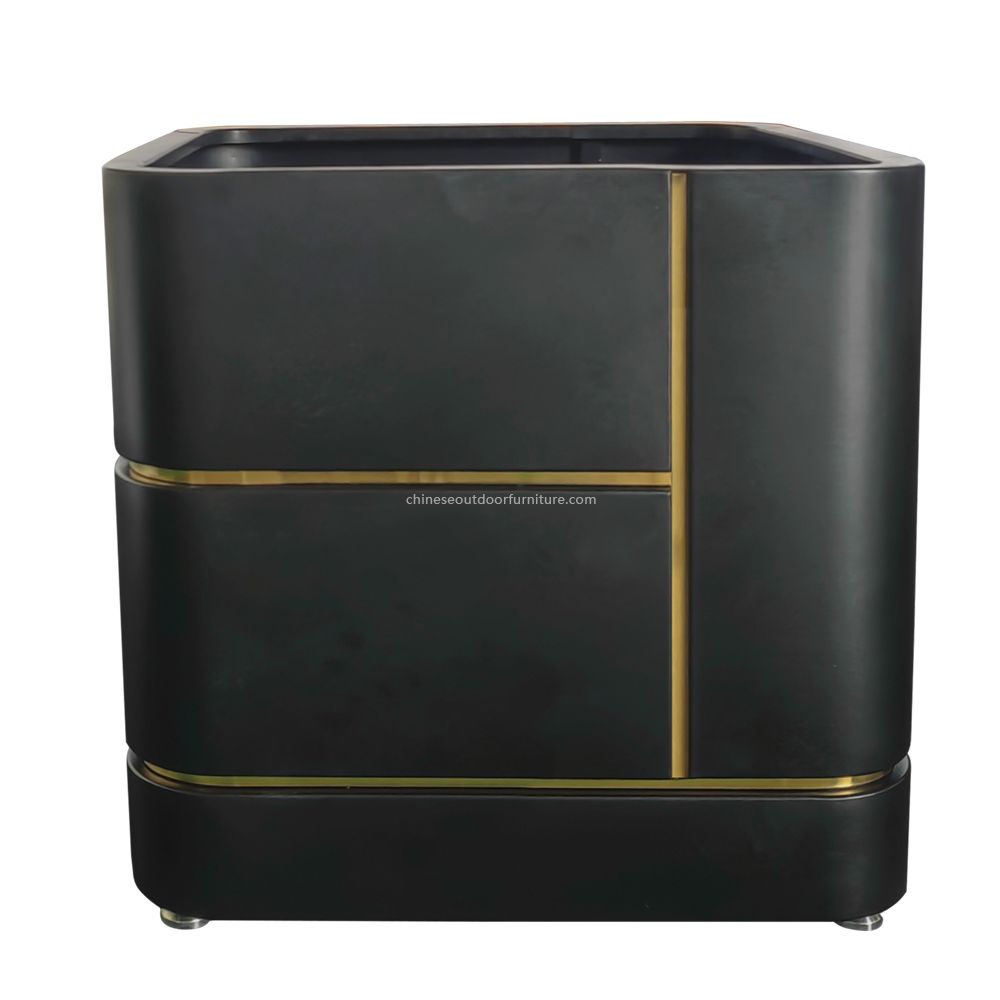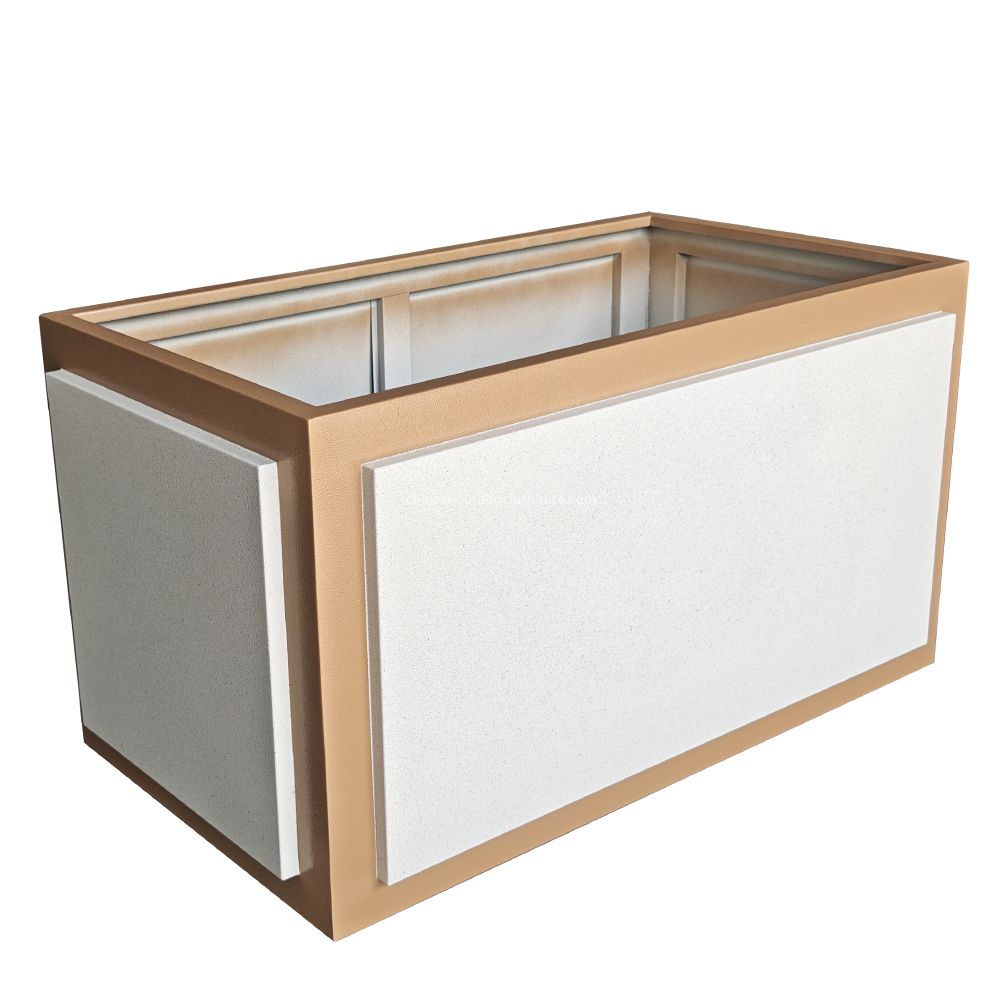How does resin material perform in resisting static buildup in bins?
Learn how static dissipative resin materials prevent static buildup in industrial bins, ensuring ESD safety for sensitive components. Discover key properties an...
READ MORE...What are the peel strength properties of resin adhesives in bins?
Explore the peel strength properties of resin adhesives in bins, including key factors like surface prep and curing conditions. Learn how peel strength impacts ...
READ MORE...Can WPC outdoor pet waste bins be designed with antimicrobial handles?
Explore how WPC outdoor pet waste bins with antimicrobial handles enhance hygiene, prevent germ spread, and offer durable, eco-friendly solutions for public spa...
READ MORE...How do composite materials handle exposure to enzymatic stain removers?
Learn how composite materials withstand enzymatic stain removers. Discover chemical resistance, degradation risks, and best cleaning practices for durable compo...
READ MORE...What are the flame retardant additives in resin-based outdoor bins?
Explore key flame retardant additives used in resin-based outdoor bins. Learn how aluminum hydroxide, brominated compounds, and phosphorus systems enhance fire ...
READ MORE...Are composite-material bins more resistant to splintering than wood?
Discover if composite-material bins are truly more splinter-resistant than wood. This article compares durability, safety, and longevity to help you choose the ...
READ MORE...How does resin resist degradation from freeze-thaw cycles in bins?
Discover how resin‘s molecular structure and advanced additives enable plastic bins to withstand repeated freeze-thaw cycles without cracking or degrading. Lear...
READ MORE...What are the thermal stability properties of WPC in outdoor bins?
Explore the thermal stability of Wood-Plastic Composite (WPC) in outdoor bins. Learn how WPC resists heat, UV radiation, and deformation for long-lasting perfor...
READ MORE...

